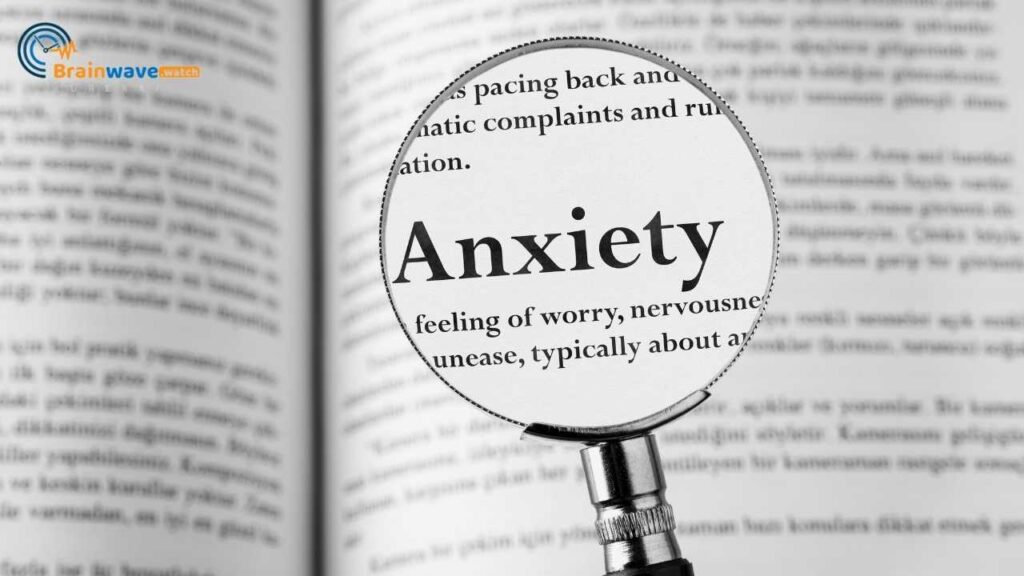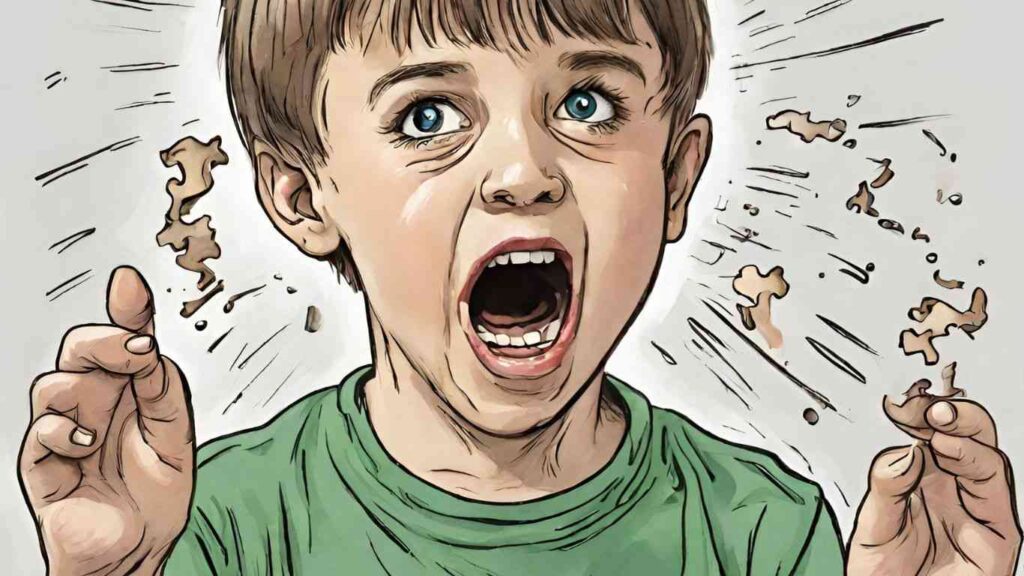Sensory defensiveness is a condition where individuals with autism experience an overreaction to certain sensory inputs, leading to negative behaviors and emotions. This can cause them to avoid everyday activities, potentially delaying developmental milestones.
According to a study published in the Journal of Autism and Developmental Disorders, sensory defensiveness can occur in any or all sensory systems, causing the child to avoid or feel irritated by various sensations. For children with sensory defensiveness, the world can be overwhelming. They may experience hypersensitivity, where they are overly sensitive to stimuli, or hyposensitivity, where they are under-sensitive to stimuli.
Some common symptoms of sensory defensiveness in autism include:
- Avoidance or overreaction to certain textures, smells, sounds, or tastes
- Difficulty with transitions and changes in routine
- Difficulty with social interactions due to sensory overload or avoidance
- Difficulty with fine motor skills, such as handwriting or buttoning clothes
Sensory defensiveness is not the same as sensory processing disorder (SPD), although they share some similarities. SPD is a broader term that encompasses both sensory defensiveness and sensory-seeking behaviors.
Sensory Defensiveness in Autism
Sensory defensiveness is a common phenomenon among children with autism. It is a condition in which the child becomes overly sensitive to certain stimuli, leading to avoidant or negative behavior. Sensory defensiveness can occur in any or all sensory systems, causing the child to avoid or feel irritated by various sensations. This can include touch, taste, smell, sound, and light.
Characteristics and Symptoms
Children with sensory defensiveness may exhibit a range of symptoms, including:
- Avoidance or fear of certain textures, tastes, or smells
- Overreaction or agitation to certain sounds or visual stimuli
- Extreme sensitivity to touch or pressure
- Difficulty with transitions or changes in routine
- Difficulty with social interaction or communication
These symptoms can be very disruptive to the child’s daily life and can lead to negative emotional states, such as anxiety or frustration. It is important for parents and caregivers to be aware of these symptoms and to work with professionals to develop appropriate strategies to manage them.
Diagnostic Criteria
According to the Diagnostic and Statistical Manual of Mental Disorders, Fifth Edition (DSM-5), sensory defensiveness is not a separate diagnosis, but rather a symptom of autism spectrum disorder (ASD). The DSM-5 diagnostic criteria for ASD include persistent deficits in social communication and social interaction, as well as restricted, repetitive patterns of behavior, interests, or activities.
Sensory defensiveness can be a significant feature of ASD. Professionals need to assess and address sensory defensiveness as part of the overall treatment plan for children with ASD. This may involve a range of interventions, such as sensory integration therapy, occupational therapy, or behavioral interventions.
Management Strategies
There are various management strategies available to help individuals with sensory defensiveness in autism. Two commonly used strategies are sensory integration therapy and environmental modifications.
Sensory Integration Therapy
Sensory integration therapy is a type of therapy that aims to improve the brain’s ability to process sensory information. This therapy involves exposing the individual to sensory stimuli in a structured and controlled manner. The goal is to help the individual become more comfortable with sensory input and to improve their ability to process and respond appropriately to sensory information.
Sensory integration therapy can involve a variety of activities, such as swinging, bouncing on a therapy ball, and playing with textured materials. The therapy is usually provided by an occupational therapist who has specialized training in sensory integration.
Environmental Modifications
Environmental modifications can be made to help individuals with sensory defensiveness in autism. These modifications can include changes to lighting, noise levels, and the use of visual cues.
For example, individuals with sensory defensiveness may benefit from using noise-canceling headphones to reduce the impact of loud noises. Lighting changes, such as using softer lighting or reducing the amount of fluorescent lighting, can also be helpful.
Visual cues can also be used to help individuals with sensory defensiveness. For example, using pictures or symbols to indicate the steps of a task can help the individual understand what is expected of them without relying solely on verbal instructions.
Impact on Daily Life
Individuals with sensory defensiveness in autism can experience challenges in their daily lives that can impact their social interactions and educational experiences.
Social Interactions
Sensory defensiveness can cause individuals with autism to avoid social situations due to the overwhelming sensory input. For example, they may avoid loud or crowded places, or they may not like being touched or hugged. This can lead to difficulties in building and maintaining relationships with others.
Educational Challenges
Sensory defensiveness can also affect an individual’s ability to learn and succeed in school. For example, they may have difficulty focusing in a visually busy environment or with tasks requiring visual discrimination. They may also be easily overwhelmed by rapid visual stimuli, such as action-packed movies or video games.
Sensory defensiveness can cause negative behaviors and emotions that can interfere with learning. For example, a child may become agitated or irritable when exposed to certain sensory stimuli, which can affect their ability to concentrate and learn.
Educators and caregivers need to be aware of these challenges and provide appropriate accommodations and support to help individuals with sensory defensiveness in autism succeed in their daily lives.
Research and Future Directions
Researchers have been investigating the relationship between sensory defensiveness and autism for several years. According to a study published in the Current Psychiatry Reports, approximately 95% of individuals with autism exhibit sensory abnormalities, with ~60% displaying altered tactile sensitivity. This indicates that sensory processing issues are a hallmark of autism.
In recent years, there has been a growing interest in the underlying mechanisms of sensory processing in autism. A study published in the Journal of Neuroscience suggests that sensory processing abnormalities in autism may be related to the way the brain processes information. The study found that individuals with autism have difficulty filtering out irrelevant sensory information, leading to sensory overload.
Further research is needed to better understand the underlying mechanisms of sensory defensiveness in autism. In particular, researchers are investigating the role of genetics in the development of sensory processing issues in autism. A study published in the Journal of Autism and Developmental Disorders found that certain genetic mutations may be associated with sensory processing issues in autism.
Future research in this area may focus on developing new interventions for individuals with sensory processing issues. According to a study published in the American Journal of Occupational Therapy, sensory integration therapy may be an effective intervention for individuals with autism and sensory processing issues. Other interventions, such as cognitive-behavioral therapy and medication, may also be effective in treating sensory defensiveness in autism.
In conclusion, sensory processing issues are a hallmark of autism. While researchers have made significant strides in understanding the underlying mechanisms of sensory defensiveness in autism, there is still much to learn. Future research in this area may lead to the development of new interventions that can improve the lives of individuals with autism.







